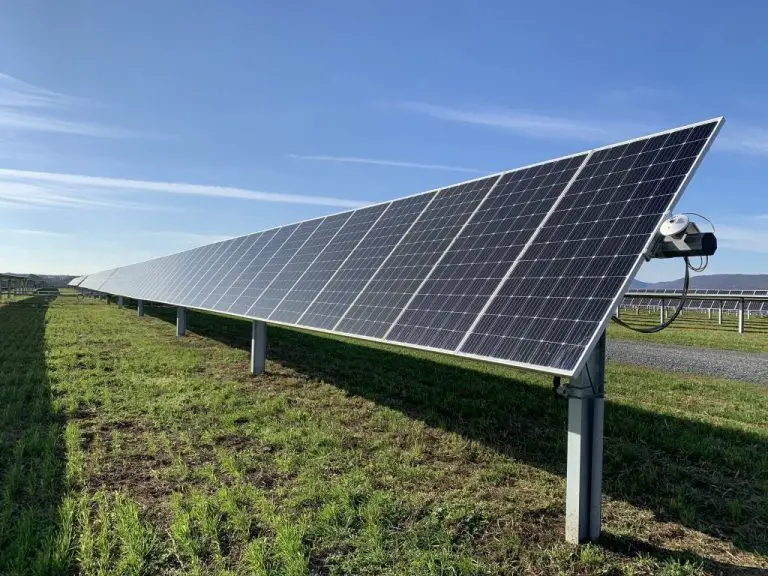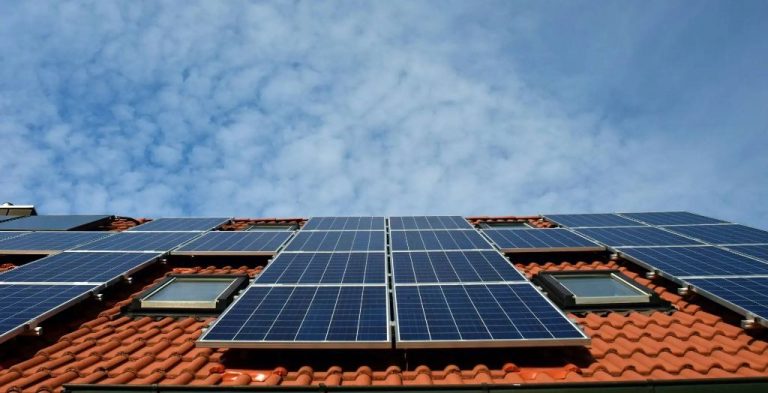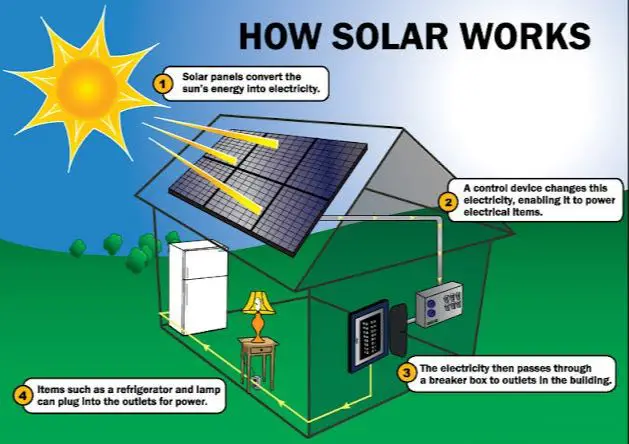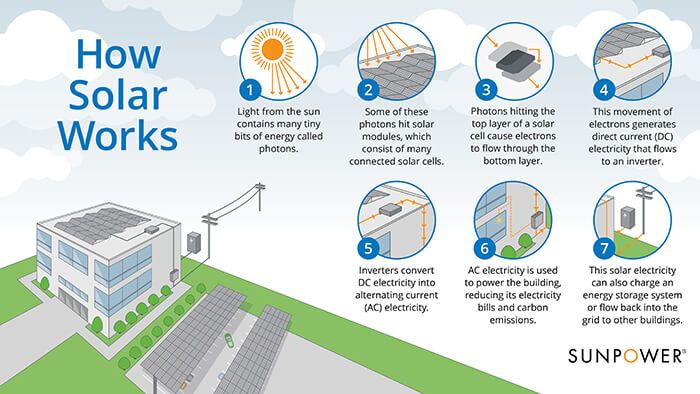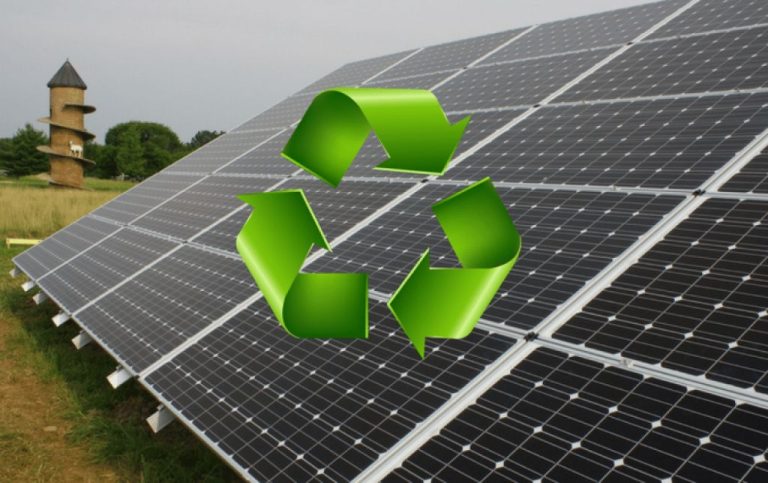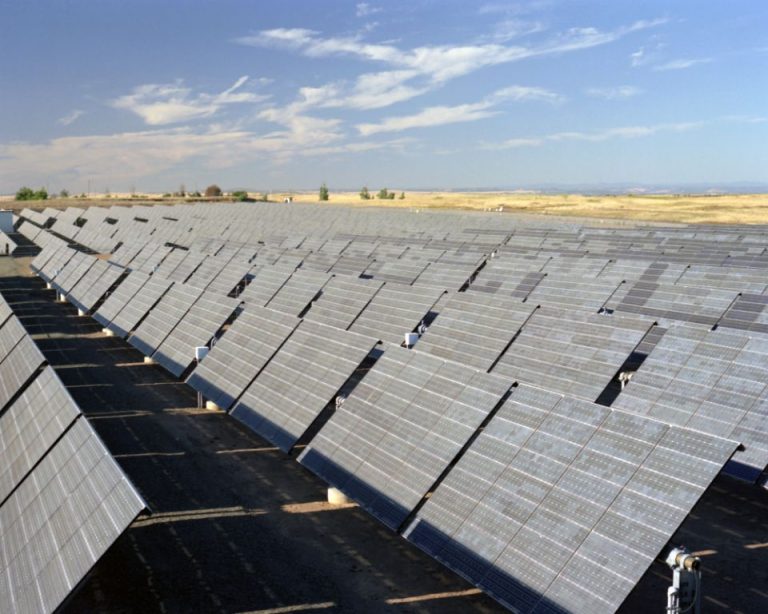Are Solar Panels Environmentally Friendly?
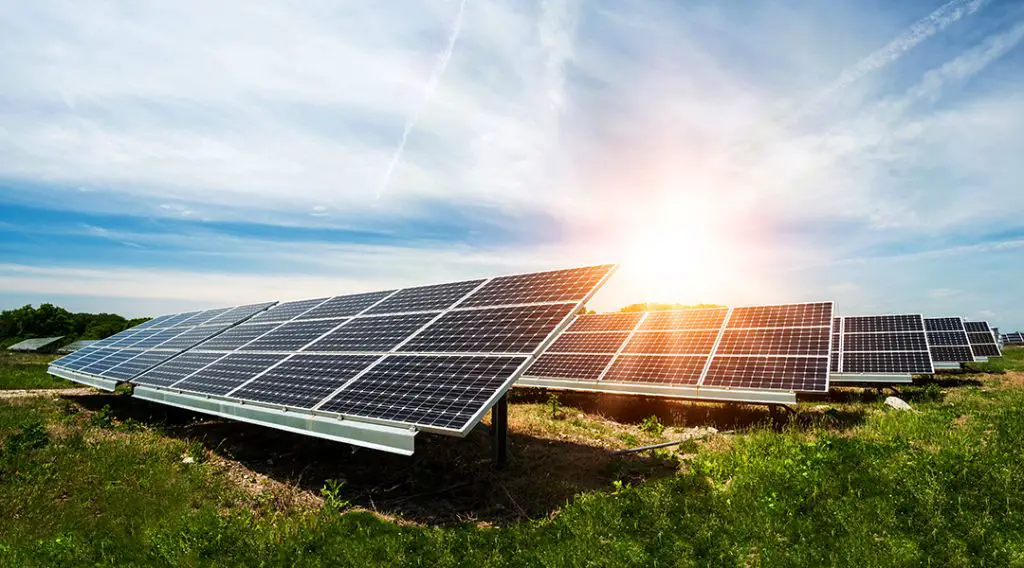
Solar panels, also known as photovoltaic (PV) panels, are devices that convert sunlight into electricity. Solar panels work by absorbing photons from sunlight and using semiconducting materials such as silicon to convert the energy into an electric current. The growing interest and demand for solar panels comes from their renewable nature and the goal of mitigating the effects of climate change caused by burning fossil fuels.
However, there is an ongoing debate regarding the true environmental impact of solar panels. While solar energy is renewable and reduces reliance on fossil fuels, manufacturing solar panels requires energy and resources and creates emissions. There are also concerns around solar panel recycling and disposal at end of life. This article will provide a comprehensive analysis on the environmental costs and benefits across the full lifecycle of solar panels.
Manufacturing Process
Solar panels are primarily made of silicon, glass, aluminum frames, wiring, and plastics for casing and insulation (EcoWatch). The silicon is derived from quartzite rock and refined into polysilicon using hydrochloric acid and other toxic chemicals. This process requires large amounts of electricity and fossil fuels and releases silicon tetrachloride as a hazardous byproduct (Harvard Business Review). Once refined, the polysilicon is converted into ingots and wafers in extremely high heat furnaces. Other toxic chemicals like phosphine, arsine, and hydrogen chloride are used to coat and texture the wafers. Lead is also used in some solar panel designs (Environment & Energy Publishing). Overall, the manufacturing process relies heavily on fossil fuels and toxic chemicals.
Carbon Emissions
Solar panels have a much lower carbon footprint over their lifetime compared to fossil fuel energy sources like coal and natural gas. According to a Columbia University study, solar panels reduce around 208-236 times more CO2 per acre than natural gas power plants. The carbon payback period for solar panels, which is the time required for a solar panel to generate the same amount of energy that was used in its production, is estimated to be 1-4 years. After this payback period, solar panels continue generating clean energy for over 20 years, leading to a massive reduction in carbon emissions over their lifetime.
According to the Solar Energy Industries Association, solar panels over their lifetime produce 70-85% less greenhouse gas emissions per kilowatt-hour compared to natural gas and coal power plants. Some studies estimate solar panels reduce CO2 emissions by up to 200 grams per kilowatt-hour of electricity produced. With the exponential growth of solar power capacity globally, these emission reductions from solar panels are making a significant dent in the world’s carbon footprint.
Land Use
Solar farms require significantly more land than fossil fuel power plants. According to research by Transect (https://www.transect.com/resources/solar-farm-land-requirements), a 1 MW solar farm requires around 6-8 acres of land. In comparison, a natural gas power plant with the same 1 MW capacity would only require about 0.1 acres of land. Coal power plants require the least land, using only 0.04 acres per 1 MW.
For utility-scale solar farms that produce over 20 MW, the land requirements increase dramatically. Pivot Energy (https://www.pivotenergy.net/blog/solar-farm-land-requirements) notes that 20+ MW solar farms can easily require over 200 acres of land. Fossil fuel plants of the same capacity would require a fraction of that amount of land. This is because of the low energy density of solar panels compared to fossil fuels.
While solar farms require significantly more surface area than fossil fuel plants, the land can often still be used for other purposes like grazing livestock. Overall, renewable energy experts agree that the benefits of solar power far outweigh the larger land footprint.
Wildlife Impact
Solar farms can have both positive and negative impacts on wildlife habitats and migration paths. Large-scale solar facilities take up significant land area, which means disrupting or removing natural habitats. This can fragment habitats and interfere with wildlife movement and migration corridors.
However, solar farms also restrict human development and activity in that area, which reduces other pressures on species. With proper siting and planning, solar facilities can avoid sensitive habitats and become a haven for native plants and animals. For example, planting native vegetation and allowing grazing animals can benefit pollinators and other wildlife. Solar developers are also exploring agrivoltaic systems that allow agricultural production and biodiversity to co-exist.
Overall, careful assessment of wildlife impacts is needed when siting solar projects, along with mitigation strategies. With proper planning, solar energy development can be compatible with conserving biodiversity and ecosystems.
Water Use
Solar panels use minimal amounts of water compared to conventional energy sources like coal, natural gas, nuclear, and hydroelectric power. According to SEIA, solar thermal plants like Nevada Solar One consume about 300,000 gallons of water per acre per year. In comparison, nuclear power plants use over 600,000 gallons per megawatt hour generated (J-Tech Construction & Solar). Solar photovoltaic panels use almost no water, just a couple gallons per year to wash the panels. Whereas coal power plants can use billions of gallons of water for cooling per plant (The River Network, 2012). Overall, solar power requires hundreds of times less water per MWh compared to fossil fuels or nuclear.
End-of-Life Recycling
Solar panels have a lifespan of around 30 years. While the majority of panels are still within their useful lifespan, recycling challenges will emerge as more reach their end-of-life stage. According to the EPA, solar panels contain valuable materials including silicon, silver, copper and aluminum that can be recovered and reused https://www.epa.gov/hw/solar-panel-recycling. However, some solar panels contain hazardous materials like lead and cadmium that require special handling.
There are currently limited large-scale solar panel recycling operations, but capacity is starting to grow. Companies like ERI provide solar panel recycling services to recover up to 95% of materials for reuse https://eridirect.com/sustainability/products-we-recycle/solar-panels/. Research predicts that the raw materials recoverable from discarded solar panels globally could be worth $450 million by 2030 as more units reach end-of-life https://e360.yale.edu/features/solar-energy-panels-recycling. However, building adequate recycling infrastructure before the coming wave of panel disposal is an ongoing challenge.
Policies are emerging to prepare for the recycling need. California requires solar panel manufacturers to have an end-of-life management plan. The EU has proposed regulations holding producers responsible for panel collection and recycling. Developing more comprehensive regulations and standardized processes will further support recycling efforts as adoption expands.
Regulations
Solar panels are subject to environmental regulations at both the federal and state level. At the federal level, the Environmental Protection Agency (EPA) regulates solar panels under the Resource Conservation and Recovery Act (RCRA) when they are disposed of as solid waste. The EPA considers broken solar panels and panel components hazardous waste if they exhibit a characteristic such as toxicity. Intact solar panels disposed of in landfills are not currently regulated as hazardous waste by the EPA.
The EPA also provides guidance on managing solar panels under universal waste regulations in some states. However, solar panels are not federally designated as universal waste. Currently, California and North Carolina allow solar panels to be managed as universal waste but requirements differ between states.
At the state level, New Jersey, New York, Maine, Washington and California have laws establishing takeback or recycling programs for solar panels. These laws are aimed at reducing the number of solar panels disposed of in landfills and increasing reuse and recycling at end of life.
Future advancements
There are several innovations in solar panel technology and manufacturing practices aimed at improving the sustainability of solar power. Perovskite solar cells are a promising new technology that use abundant, low-cost materials and can be produced through low-emission processes. Perovskites have the potential to reach higher efficiencies than traditional silicon solar panels while requiring less energy to manufacture (Refs Here). Additionally, new solar panel designs and roofing materials better integrate panels into buildings in an aesthetically pleasing way. This can increase adoption and mitigate land use concerns. On the manufacturing side, the industry is moving toward cleaner production through renewable energy use, waste reduction, and greener chemistry. Regulations are also pushing panel producers to ensure their products are recyclable. With these advancements, solar power can continue expanding as a renewable energy source while reducing associated negative environmental impacts.
Conclusion
In conclusion, solar panels have both pros and cons when it comes to their environmental impact. On the positive side, solar panels produce clean, renewable energy without emitting greenhouse gases. Widespread adoption of solar power will be an important part of addressing climate change and transitioning away from fossil fuels. Solar panels can also be produced domestically, reducing reliance on imported fuels. On the negative side, manufacturing solar panels consumes energy and resources, and improper disposal of panels at end-of-life can lead to waste. However, solar panel recycling processes are improving, and regulations encourage their responsible disposal.
Overall, solar power has an important role to play in the renewable energy future. With thoughtful manufacturing processes, responsible use of land and water, and proper end-of-life recycling, the environmental benefits of solar panels can outweigh the costs. Further innovations in solar technology, such as increased efficiency and utility-scale projects, will help maximize these benefits going forward. As solar power expands, focusing on continuous improvement of environmental sustainability practices will allow solar to fulfill its potential as a green energy source.

